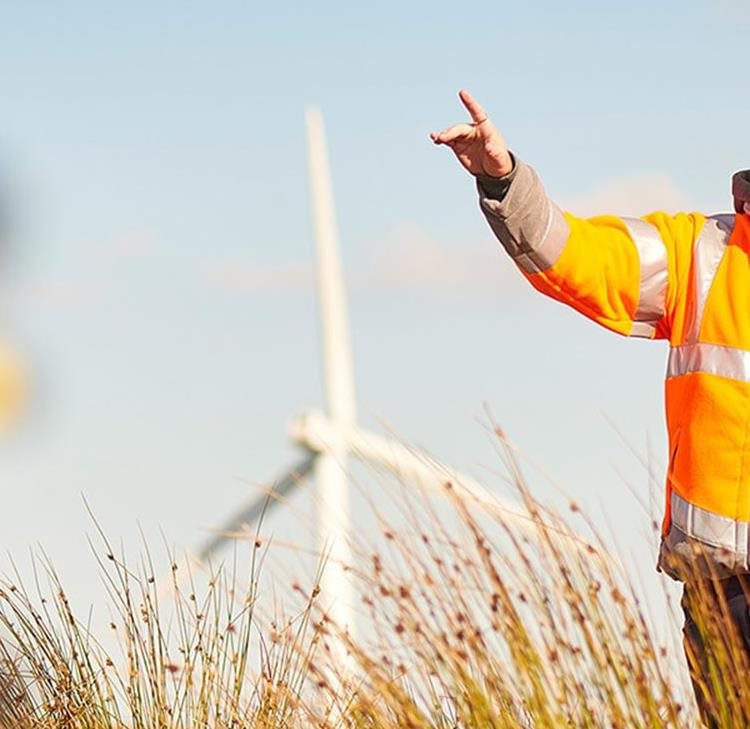Biodiversity Net Gain (BNG) is, at its heart, a basic concept whereby development and/or land management aims to leave the natural environment in a measurably better state that it was beforehand.
This concept will be given a statutory footing when parts of the Environment Act 2021 come into force which will, in turn, amend the Town and Country Planning Act 1990.
Currently, the expectation is that this will be the latter part of this year — and that, from November 2023, there will be a mandatory requirement for all developments receiving planning permission under the Town and Country Planning Act 1990 (save those expressly exempt) to deliver at least 10% BNG.
Legal duties
The legal duty on developers to deliver BNG will be capable of being satisfied in three ways:
- Onsite: developers can deliver BNG within the redline boundary of their development. Works to increase the biodiversity of the site will need to be undertaken onsite, and the habitat enhancement resulting from these works will need to be maintained for 30 years after the development has completed. These commitments will need to be secured within a planning condition, planning obligation or a conservation covenant;
- Offsite: BNG can be delivered outside of development sites, on ‘biodiversity gain sites’ which are secured and registered on the biodiversity gain sites register (likely to be established and maintained by Natural England). The units within these sites can be created and then allocated/sold to developers. Habitat enhancement delivered offsite needs to be maintained and secured for 30 years once the initial habitat creation works have been completed; and/or
- Statutory Credits: developers can purchase statutory credits from the government to meet their biodiversity objective of 10% BNG.
How will BNG be measured?
The number of biodiversity units required will be calculated by developers using a statutory metric which the government intends to publish next year. This will consider the site and the loss of habitat on the development site, and the metric will use this information to calculate the pre-development biodiversity value. The metric will then calculate how many units need to be provided onsite or offsite, or the number of credits that will need to be purchased, to satisfy the 10% biodiversity objective.
The expectation is that a similar legal duty to provide BNG will be extended to Planning Act 2008 developments (Nationally Significant Infrastructure Projects) from 2025.
Whilst a lot of detail remains to be confirmed through secondary legislation and guidance, BNG objectives should have a positive impact on England’s nature and biodiversity levels. Furthermore, the information that has been made available also identifies a number of opportunities that will shortly be open to landowners, as well as considerations that landowners should be factoring into their estate planning from now and in advance of the mandatory regime commencing.
Considerations and opportunities for landowners and institutions
In advance of BNG becoming mandatory, institutions should be aware of a number of practical implications:
- Land could be used to deliver offsite biodiversity units: If institutions own land that could be enhanced for biodiversity purposes, this land could be secured (through a conservation covenant or a planning obligation), registered as a biodiversity gain site and used to deliver biodiversity units. These units can be sold to developers at competitive prices. Whilst the finer policy details are finalised by government, there is merit in institutions considering potential BNG opportunities in the future before arranging sales of land and open space.
- Land could be used to deliver onsite biodiversity units: If institutions are planning their own developments, retaining land and green space onsite could be beneficial, as it could allow these spaces to be used to deliver BNG onsite. This reduces the need to secure BNG on alternative sites or purchase credits (which are likely to be more expensive than the cost of meeting BNG requirements through onsite or offsite arrangements).
- Land should not be degraded: Whilst the statutory metric will calculate the pre-development biodiversity value of sites, there are mechanisms built into the legislation to disincentivize deliberate degradation of habitat. This means that, if land is degraded prior to the metric calculations being run, the value of the site will need to be based on the value prior to the site being degraded. There is therefore very little to be gained from allowing land to be degraded whilst the opportunity for using it for BNG purposes is considered.
- Using land to deliver BNG will be a long-term commitment: Works required onsite or offsite to create habitat enhancement for the purpose of satisfying BNG requirements then need to be maintained for a substantial period — either 30 years from the works completing (offsite) or 30 years once the development itself has completed (onsite). Both the time period and the commitment required to undertake, or procure the undertaking of, initial works and continued maintenance of the habitat enhancement must be factored into business planning. Obligations will be enforced by either:
- local planning authorities (where planning obligations or planning conditions have been used to secure the BNG habitat enhancement); or
- responsible bodies (where conservation covenants have been used);
with both types of entities themselves having statutory reporting requirements. The government hopes that this will ensure maintenance of habitat enhancement is enforced to deliver the intended policy and benefit for nature, and also reinforces the significance of long-term BNG commitments.
- BNG opportunities should be considered prior to any land sale: In the event that institutions are intending to proceed with land sales imminently, given the opportunity for land to be used to deliver BNG in the near future and/or the anticipated opportunity to sell units on land to developers, the value associated with these opportunities should be factored into negotiations and pricing prior to land sales. Ensuring estates and land management teams are sighted on potential opportunities will hopefully allow institutions, as well as nature, to benefit from the new legal duties to be introduced.
Details, further guidance and secondary legislation underpinning how mechanisms will work in practice will hopefully be available from the government and its advisers over the next few months, and we would be happy to discuss any queries you may have.











































